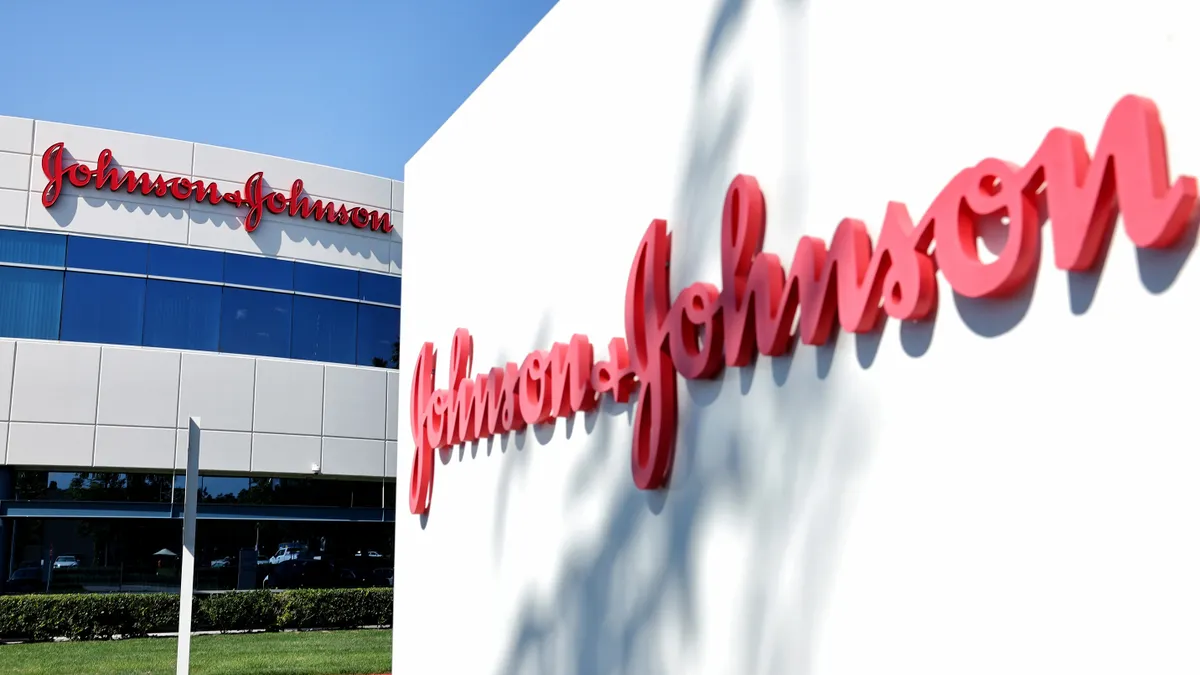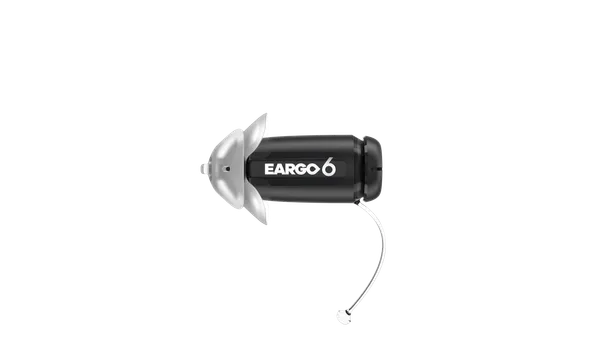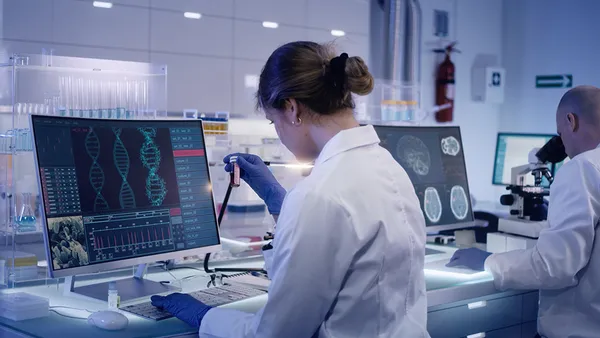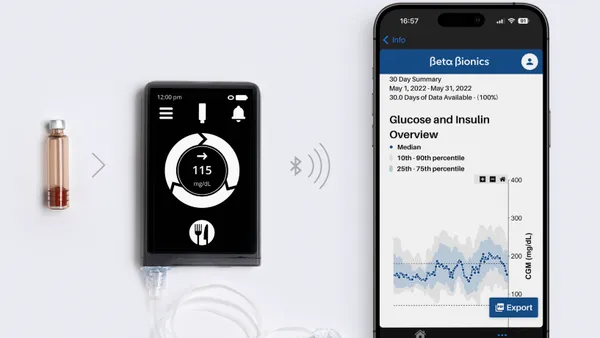Dive Brief:
- One-fourth of healthcare organizations say remote patient monitoring reduces emergency room visits and hospital readmissions, while 38% say the technology results in fewer inpatient admissions, according to a new KLAS Research report.
- The industry-backed American Telemedicine Association and the research group looked at how RPM is impacting providers and payers, talking with 25 organizations that used RPM products from seven different vendors.
- The key use cases for remote patient monitoring were heart disease and chronic obstructive pulmonary disease, though interest in using RPM for other conditions like diabetes and hypertension is starting to pick up. RPM is also seeing some limited use in mental health, surgical recovery, dementia and cancer.
Dive Insight:
Remote patient monitoring is a growing sector in the digital health space, with an aging population and the opportunity to better manage chronic conditions. There is a potential windfall for companies with the right idea and clinical evidence to back it up, and investors are lining up to get a piece of the action. Disease monitoring was among the top-funded value propositions in last quarter, with $781 million across 38 deals, according to Rock Health.
RPM also holds potential to improve health outcomes. In a 2017 study, breast reconstruction patients with access to a mobile app that allowed them to submit photos and report information to their doctors had fewer post-surgery follow-up appointments than patients without the app. Patients using the app also rated their follow-up care higher on convenience.
Payers are recognizing its benefits and incentivizing its use, too. In its physician fee schedule final rule for 2018, CMS unbundled a code for RPM, allowing physicians to seek reimbursement for collecting and interpreting health data generated remotely by patients, digitally stored and sent to providers, with a minimum of 30 minutes.
The move marked a "huge win" for RPM and a "big step forward for Medicare’s ability to deal with chronic conditions," Gary Capistrant, the ATA's chief policy officer, told Healthcare Dive earlier this year. He noted that several years ago when Medicare covered a code for chronic care but didn’t cover remote monitoring, the result was a tepid uptake.
Use of RPM is growing across all use cases, but is particularly robust for hypertension, mental health and cancer, where there is a lot of room for growth, according to KLAS.
According to the report:
- 13% of organizations report RPM improves medication compliance;
- 8% say it lowered A1c levels, an indication of how the body is maintaining blood glucose levels;
- 13% say it improved patient health;
- 25% report greater patient satisfaction; and
- 17% cite quantified cost reductions.
Challenges to widespread use remain. Among them are connectivity, usability, flexibility and affordability.
"Customers often have difficulty maintaining cellular connections or experience glitches in which peripherals fail to connect with wireless communications hubs," the report says. "Such challenges are made worse by the ongoing release of product updates that customers view s not fully vetted for production environments. In addition, some organizations encounter service delays after seeking assistance to resolve such problems."











